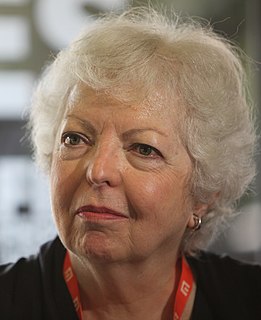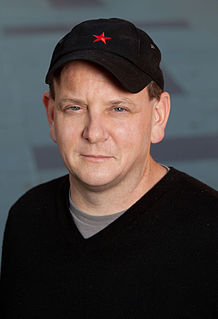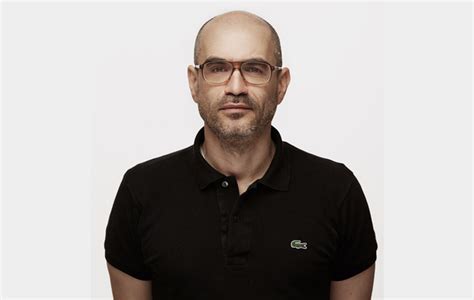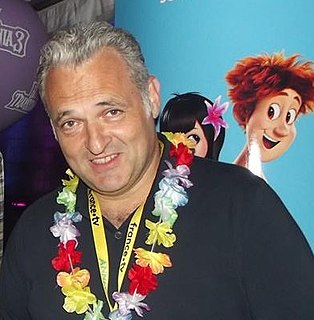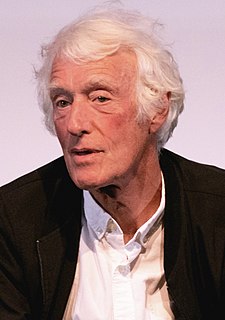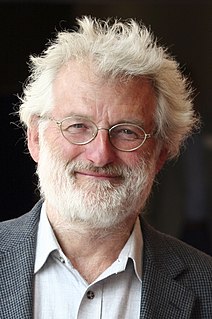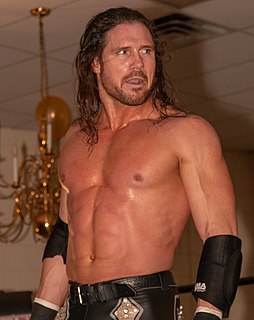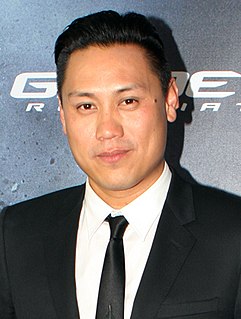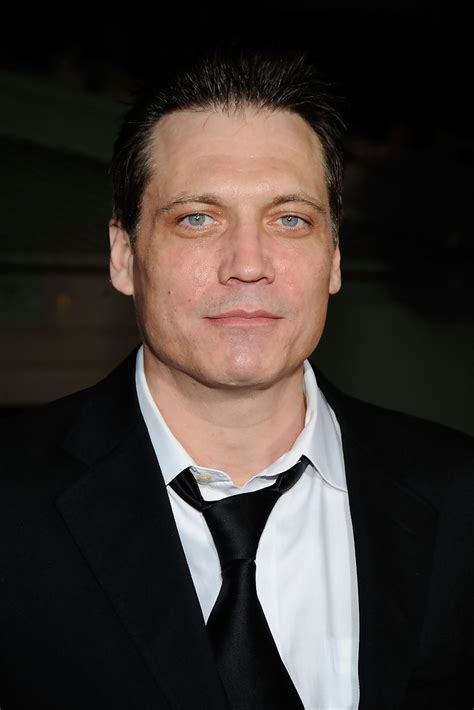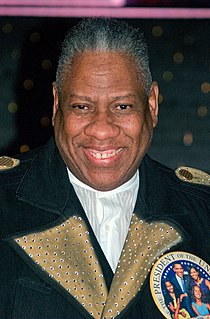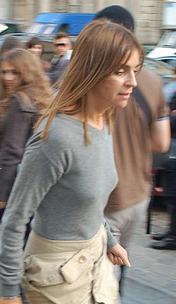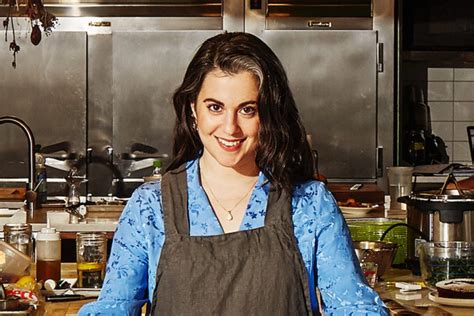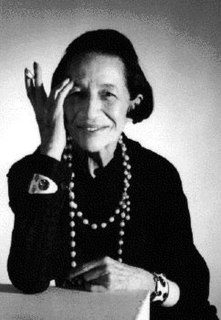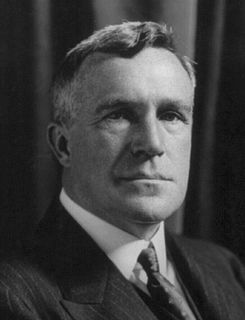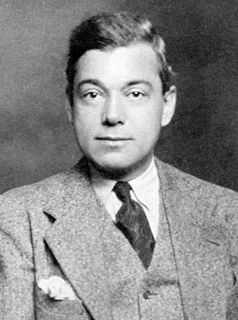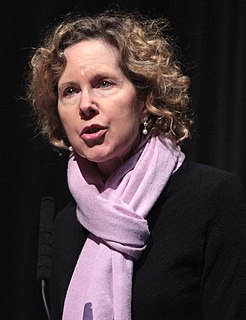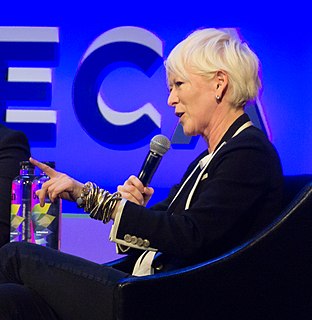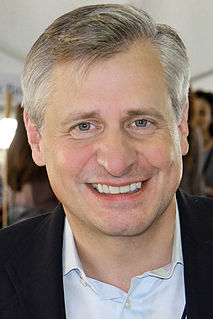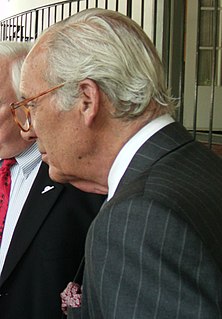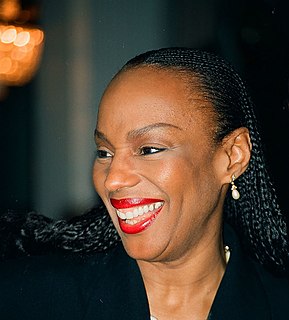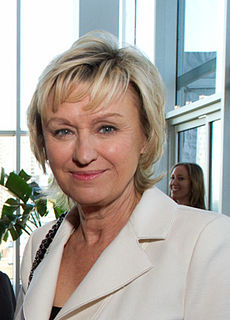A Quote by Thelma Schoonmaker
I won the Oscar for 'Raging Bull' for those fight sequences. If you look at those fight sequences, those were so incredibly storyboarded and shot in an incredible way - that is the conception a good director has to bring.
Quote Topics
Related Quotes
The worst thing that can happen is when you have gone weeks and months into elaborate sequences and the storyline of the film changes and you find out they don't need it. Sometimes you don't shoot those sequences, or they have been shot and then get edited out of the sequence you've shot gets changed and needs to be redone. That can be hard. It's not heartbreaking, but you do tend to think, "Och, all that work and effort." But that's filming, you know? You put all of these modular things into the pot, and sometimes they don't all get used.
I used to do fight sequences, and I started to get self-conscious about fight sequences, because invariably the other person would get hurt, and you never want anyone to be hurt on a film, let alone you being responsible. The great thing about working with guys who have spent their life choreographing fights for wrestling is that that's what they do. That's their specialty. Their specialty is selling taking hits. Their specialty is selling explosive hits without making a contact or doing too much damage.
